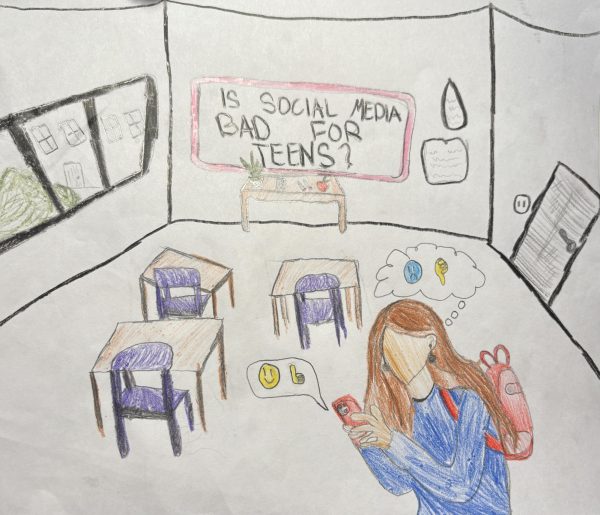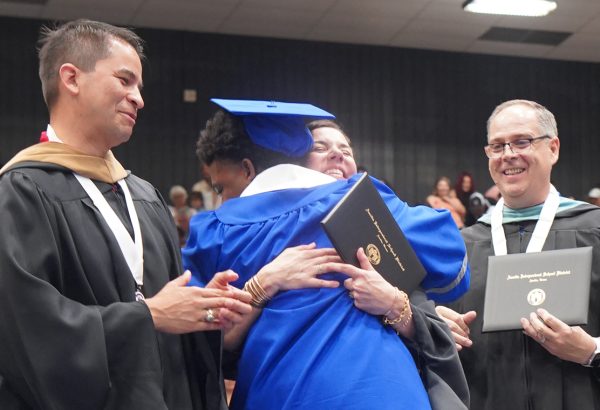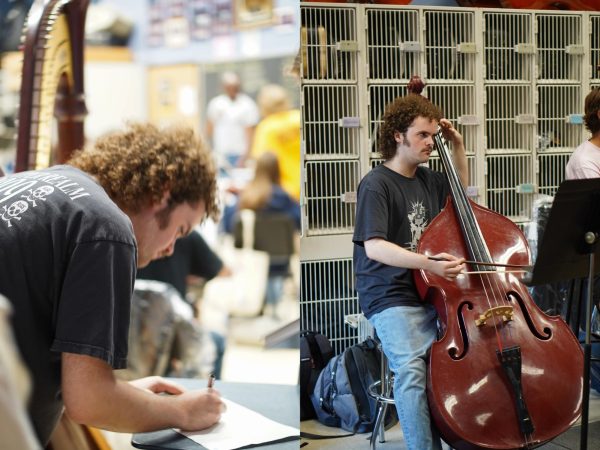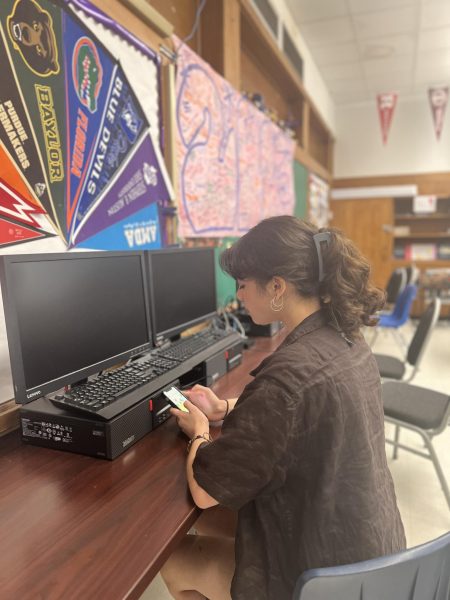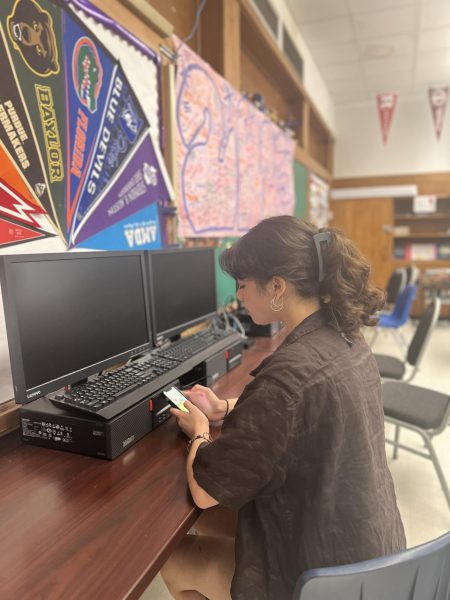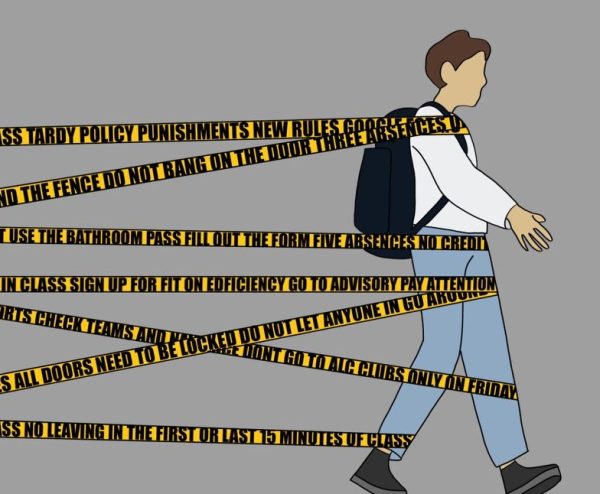We can handle the whole truth
District’s reasons for encouraging in-person attendance are valid. Why were ones tied to funding not communicated?
May 22, 2021

Since the week of April 12, McCallum has initiated its “Back to Mac” campaign in an attempt to bring students back to campus. So far, the push for attendance has been a success: McCallum in-person attendance hit a new record high of just over 400 students, just under a quarter of total enrollment, on May 11.
Funding was a major reason for the district’s push for encourage in-person attendance, yet that motive felt hidden from the district’s communication encouraging students to come back.
According to two emails signed by Principal Nicole Griffith sent in April, the reason for the “Back to Mac” push was to recover a feeling of normalcy both on campus and for students. In the first email, Griffith acknowledged the school’s progress in maintaining COVID-19 safety protocols since closing down last March.
Austin as a whole has reduced its COVID-19 risk factor to Stage 3 on March 13 and even further to Stage 2 (for the first time since the pandemic started) on May 18. All staff have had the opportunity to get vaccinated, and as of May 10, all high school students (including the 12-15 age bracket) have the same opportunity to receive the Pfizer vaccine. Comparatively, it’s much safer to go to school now than it was last year, or even last semester. Griffith’s email explained this, and concluded that for students who have been struggling with online school or craving the social interaction and development they have missed out on, it’s time to come back if they’re ready.
In the second email, sent a couple of days after the first, the tone seemed to change to one that was less mindful of the extent of the pandemic. It used phrases that seemed to minimize the pandemic, or that were overly saccharine and peppy; for example, the email opened with the line “want some good news?” and continued with “the room beats Zoom.” To us, the wording felt off, and after asking around at a couple of other AISD schools, it was not difficult to confirm that every school in the district had been required to send out the exact same email to its community, the only difference being the name of the principal who had signed it.
The reasons that were advertised as the campaign’s main focus points are all valid reasons to return to school.
As a public school, McCallum is funded by the Texas Education Agency, or TEA. Due to the circumstances of this year, funding is tied to in-person attendance. In AISD, funding has been secured for all grading periods except the third due to the district’s decision to keep students fully online following Thanksgiving break.
TEA announced, however, that the district could recover that funding if it could achieve in-person attendance that is 20 percent higher than a snapshot from October. For AISD, that snapshot was around 23.6 percent. To recover funding for the third grading period therefore, the district would need an in-person attendance rate of 44 percent of total student enrollment (for more information on recent attendance and funding, see our news story on page 3). That’s around 10 percent more than the district recorded in April. Meeting that number in order to get funding was a major reason for the district’s push for encourage in-person attendance, yet that motive felt hidden from the district’s communication encouraging students to come back.
We want to emphasize that we do not think the campaign is bad. The reasons that were advertised as the campaign’s main focus points—decreased COVID-19 risk, students struggling with online school, social development, mental health, future freshmen and sophomores feeling disconnected from the school, teacher stress—are all valid reasons to return to school. In fact, funding could also be on the list of valid reasons to return.
If we are being asked to return to school, we want to know the real reasons … all of them.
We want our school and our district to be able to afford the resources it needs to continue to educate us for years to come, and if that means a push to get students back in school, we understand it. The problem came with the way the information was presented, as if the tie to funding was meant to be kept a secret. A mass email, leaving no room for campuses to make their own messaging, felt like it took even more power away from the community. Students, parents and faculty alike felt misled.
What we want, and what we imagine the greater community of parents and teachers want, is clear communication and to be treated with respect. If we are being asked to return to school, we want to know the real reasons … all of them. If students and parents had known the tie to money from the start—return to school or we may not get a significant portion of funding—there might have been a greater sense of urgency and response from the community.




